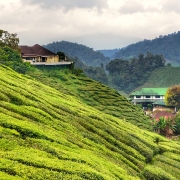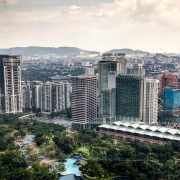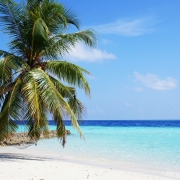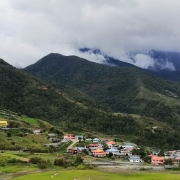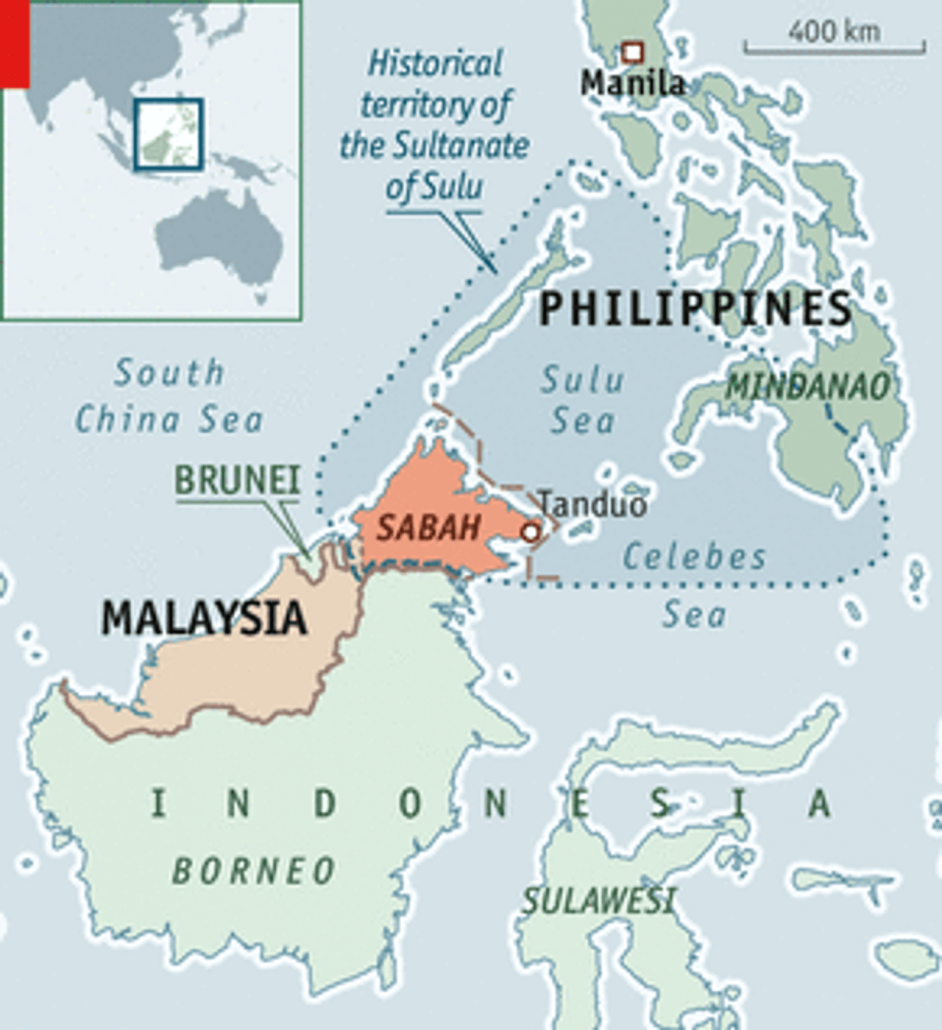What does FELDA stand for?
Topic of Study [For H2 History Students]:
Paper 2: Economic Development after Independence
Section B: Essay Writing
Theme II Chapter 1: Paths to Economic Development
Historical context
FELDA stands for ‘Federal Land Development Authority’. Under the Land Development Ordinance, FELDA was established on 1 July 1956. Its main function was oriented towards the development and relocation of land, striving to achieve poverty eradication. Land development projects were focused on the cultivation of oil palm and rubber.
In its initial stage of development from 1956 to 1970 its main function was to act as a lending body, providing funds to the state governments for land development. However, with the growing political importance of the overall rural programme (and thus land development which was a major component of this policy), FELDA was given in 1960 direct authority to open up and develop land throughout Malaysia.
An excerpt from “Group Farming in Asia: Experiences and Potentials” by John Wong.
Application of FELDA
FELDA was first put into practice in March 1957, relocating about 400 settlers over 1,680 hectares of land in Air Lanas, Kelantan. These settlers were picked from rural areas and assigned about 4 to 6 hectares of land to cultivate either rubber or oil palm. They were paid wages until their crops matured. In 1960, FELDA expanded its function to include the management of all land schemes and land development at the national level.
From that date its activities of land development and settlement rapidly increased until the present day when it has some 200 schemes throughout Peninsular Malaysia, with 40,000 settlers and their families, and sales in 1976 of M$357 million (US$145 million). In the twenty-year period from 1956 to 1976 FELDA has also opened up 967,000 acres of land and built up and an extensive processing and marketing apparatus for its products including 25 palm oil and rubber factories and bulk storage installations at Malaysia’s main ports.
An excerpt from “Group Farming in Asia: Experiences and Potentials” by John Wong.
In the 1990s, FELDA became a statutory board that generates its own income through diverse businesses. In particular, FELDA has formed private corporate entities to support its value chain of activities, such as FELDA Holding Berhad and FELDA Global Ventures.
What can we learn from this article?
Consider the following question:
– How far do you agree that agricultural policies were most significant in promoting economic development?
Join our JC History Tuition to learn more about the Paths to Economic Development. The H2 and H1 History Tuition feature online discussion and writing practices to enhance your knowledge application skills. Get useful study notes and clarify your doubts on the subject with the tutor. You can also follow our Telegram Channel to get useful updates.
We have other JC tuition classes, such as JC Math Tuition and JC Chemistry Tuition. For Secondary Tuition, we provide Secondary English Tuition, Secondary Math tuition, Secondary Chemistry Tuition, Social Studies Tuition, Geography, History Tuition and Secondary Economics Tuition. For Primary Tuition, we have Primary English, Math and Science Tuition. Call 9658 5789 to find out more.

